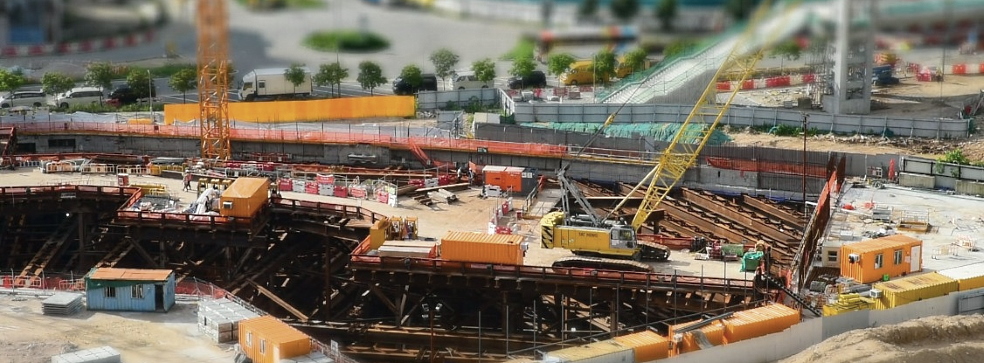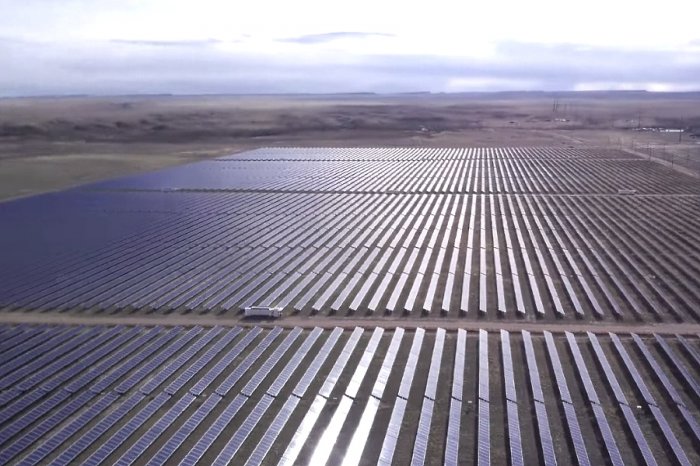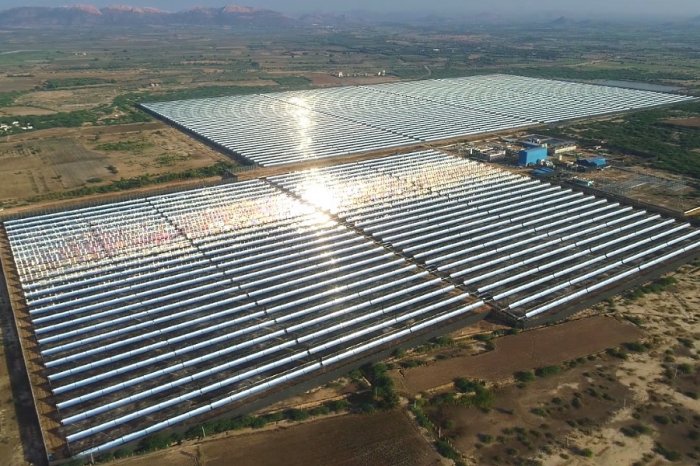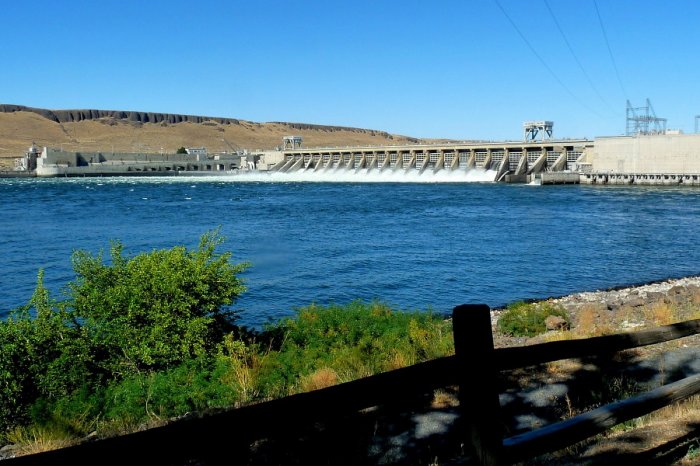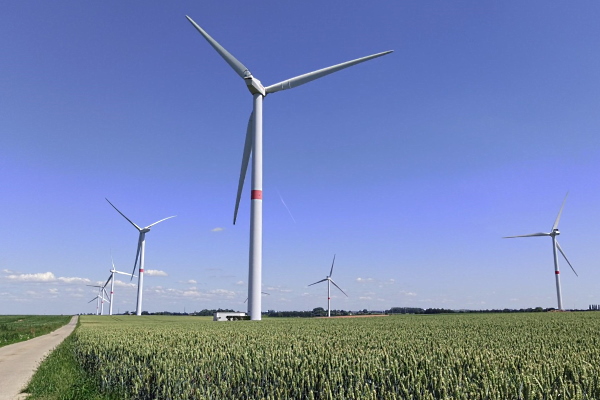To consider an application for financing, fill out the form and send it to us by e-mail along with the project brief, or contact our experts
During the period of quarantine and economic downturn, many developers have experienced difficulties in completing planned projects and starting new construction.
This situation forces businesses to look for alternative sources of funding.
The most popular source of funds for developers is investment lending.
Almost all well-known European banks include this financial product in their offer. Until recently, banks competed in lowering margins because the credit risk was lower.
Recently, however, banks have become more cautious, and many developers find it difficult to obtain large loans.
The most important thing in investment lending is flexible adaptation of the financing structure to the requirements of the project.
Banks seek to finance low-risk projects.
Obviously, financial institutions are more likely to lend for construction projects to large and experienced developers.
For construction projects, the so-called project finance is used, which involves attracting investments through independent companies (SPVs) based on the future cash flows of the project.
Controlling risks, not only financial, but also related to other aspects, such as the influence of external factors (natural disasters), supplier risk, contractor risk, political risk, plays a key role in project finance schemes.
Choosing reliable partners for an investment project is a priority.
The international company LBFL offers financing for construction projects, including the construction of factories, power plants, ports, roads, water treatment plants, hotels, etc.
Large construction project financing: a selection of sources
Undoubtedly, investing in construction requires large financial costs.It may seem that experienced developers should have no problem with this.
However, in the face of a lack of funds, many companies are abandoning promising projects. To maintain financial liquidity and business activity, developers should consider applying for an investment loan.
In general, there are many options for financing construction projects. Most often, self-financing, attraction of external funds, or various combinations of external and internal sources are used.
• Self-financing of construction: net income, depreciation, sale of assets, tax savings as a result of investment incentives.
• Debt financing (for example, construction loans, non-bank loans, leasing, bonds), as well as issuing securities (issuing shares and raising venture capital).
When a unique investment opportunity appears on the market, and the company's budget does not have sufficient financial resources to prepare an attractive proposal, it is worth turning to solutions such as investment loans and project finance.
More and more large companies in the construction industry decide to use investment loans for their projects. Today, developers are attracted primarily by speed, flexibility and a minimum of formalities. These advantages, combined with customized financing schemes, guarantee the success of the project. There are about 60 different financing methods described in the literature, which differ in many criteria and can be used for different projects.
The main dilemma for each developer at the stage of preparing an investment project is the choice of the most suitable organizational structure, which, in turn, determines the choice of the source of financing.
The role of project finance in the construction industry
To take full advantage of modern tools for financing construction projects, it is often necessary to create an independent business entity.Its task will be to implement a specific investment project.
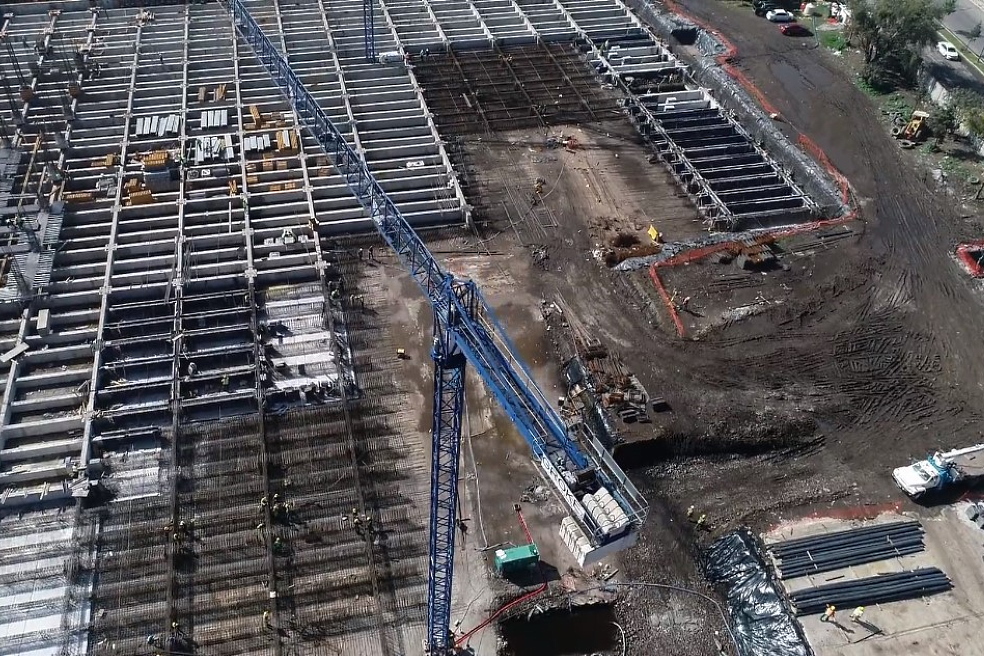
In addition to traditional and well-known forms of construction finance (loans, bonds, leasing), other less popular instruments such as project finance can also be used. They represent the financing of capital intensive projects through an independent entity.
A construction project can be carried out within an existing company that has worked with other construction projects, or it can be carried out by a so-called special purpose vehicle (SPV).
In the case of implementation of development projects, SPV shareholders usually act as sponsors. A sponsor is defined as an entity that provides an incentive to start implementing an investment project. Typically, a development company creates a special purpose vehicle, bringing in its technology, industry experience and other resources (for example, a land plot).
The long list of potential providers of capital for SPVs includes state and commercial banks, private lenders and other investors buying bonds issued by the project company.
Project finance is based on the assumption that the project itself and the assets obtained as a result of its implementation will be the main, and often the only, source of debt repayment and collateral.
The traditional method of analyzing the operating history and assessing the creditworthiness of the borrowing company is not used, since the SPV is a new legal entity that is created to implement a development project. In this case, the credit risk analysis relates to the investment project and not to the borrower.
There are two main approaches to financing construction projects, the non-recourse method and the limited recourse method.
A typical situation for a PF assumes the absence of any form of recourse to the borrower.
Due to the limited capacity of provision, capital providers are usually interested in joint project management, which allows them to monitor the work on an ongoing basis and minimize the risk of events that could negatively affect the project.
Non-recourse financing for construction projects is a scheme whereby borrowers do not provide collateral.
The debt is fully repaid from the future cash flows of the project, and possible claims of creditors cannot be transferred to other activities of the initiator.
Most often this refers to investments in strategic infrastructure implemented on the basis of multilateral agreements on public-private partnerships (PPP).
Regardless of the field of activity, project finance today plays an important role in the implementation of large construction projects around the world.
The SWIG financial team is ready to provide clients with a full range of services, including financial modeling, legal advice, assistance in registering an SPV, raising funds on the most favorable terms, tax optimization, etc.
Alternative sources of funding
Another way to raise funds for the implementation of construction projects is to issue corporate bonds of development companies.Interest in this tool is growing every year, especially after the financial crisis. The attractiveness of bonds is due to their flexibility and efficiency in the use of funds. The developer's collateral capital can be freely used for several years and even transferred between several projects, which is impossible in the case of a bank investment loan.
The funds received from the sale of bonds are used only to finance a specific project, be it a new project or refinancing of already started projects.
The funds raised from a developer's bonds are an ideal example of bridge financing. They can be a valuable addition to loans. It should be noted that the success of bond financing directly depends on the credibility of the developer. Therefore, this method of financing is chosen by well-known companies that have achieved numerous successes and collaborate with recognizable brands.
Developers facing difficulties in obtaining an investment loan or unwilling to use traditional forms of project finance are increasingly choosing to finance new projects through alternative sources.
Growing requirements of banks and unfavorable conditions for granting loans are pushing entrepreneurs to search for them. In particular, many European firms are discouraged by the current parameters for LTV (loan amount versus collateral value) and LTC (loan amount versus total investment cost).
Supporting developers with non-bank private investments is becoming increasingly important.
Attracting private capital to large construction projects is a modern investment strategy that, although more expensive than a bank loan, allows you to finance complex and risky projects faster.
All negotiations take place directly with the investor, which contributes to the flexibility of the contractual relationship and reduces the time for making a decision.
Public financing of construction projects has great investment potential.
The so-called crowdfunding as a social investment tool is gaining supporters both among developers looking for an alternative source of funding and among investors.
Both sides of the project find each other through dedicated online real estate crowdfunding platforms. Each investor receives a share of the rental income of the property built, proportional to his invested capital, or the developer undertakes to repurchase the shares within a specified period.
Bank lending continues to be the most popular form of financing for construction projects around the world.

But the economic downturn caused by the COVID-19 pandemic shows how problematic and risky it is for developers to rely on one tool to finance their operations.
The current difficulties in obtaining an investment loan have long prompted many investors to look for alternative sources of financing and their diversification.
Investment lending for construction projects
An investment loan for large construction projects is a popular financial product that is intended for multi-million dollar development projects, for example, the construction of a residential complex.This solution is chosen by the majority of developers currently working in real estate due to the favorable conditions and the minimum contribution of the initiator, which ranges from 10 to 30% of the planned investment costs.
Investment lending is driven by the recent market recovery.
The pandemic has slowed down, although, as the 2008 US crisis showed, the real estate market is quite resilient to financial shocks.
The current incentive for property buyers is low interest rates.
The construction loan allows companies to implement more projects and move smoothly from one to another. Thanks to the additional financing, construction and finishing works are going on more efficiently, so developers can sell properties much faster.
Financing construction with an investment loan is similar to a mortgage. The company must provide an initial payment (usually 20% or more, or it could be a building plot). When issuing a loan, a commission is charged, but the borrower can raise additional funds, for example, through leasing or factoring.
An investment loan for construction can be used for the following purposes:
• Civil works.
• Construction site preparation.
• Finishing works and preparation of the building for sale.
• Renovation or modernization of real estate.
• Refinancing of various real estate investments.
• Acquisition of shares from other real estate companies for development.
Loan funds can be transferred to the borrower once in full or in separate tranches (from 10 to 50% of the project cost) according to the schedule.
Tranches are usually issued as each of the subsequent stages of construction is completed.
Bank financing is preceded by a detailed financial, economic, legal and construction analysis. The bank will check the financial health of the company, past successes and failures, compliance with financial obligations, business plan, management experience and vision for the future.
The analysis of the financial capabilities of a potential borrower is quite deep.
The bank is interested in the assets and financial performance of the developer, assessing the creditworthiness and the risk of possible problems with servicing the loan.
First of all, a company applying for a loan must obtain a building permit and the property itself must have a clear legal status. The architectural design of the facility and the associated technical requirements and its business attractiveness, which will affect the profitability of the project, are extremely important. The chance of obtaining an investment loan increases if the developer has similar projects in his portfolio.
In the case of residential real estate, a potential borrower may need to sell some apartments or houses in order to prove the buyers' interest.
After the transfer of funds, the bank will control the developer at all stages of the project.
Is it worth taking an investment loan for construction?
Currently, many developers avoid attracting external funds, limiting themselves to their own resources to finance new projects.According to leading financial experts, this cautious approach has the following disadvantages:
• Refusal to use borrowed funds limits business growth.
• Young companies cannot implement large promising projects.
• The risk of each investment project is borne exclusively by the initiator.
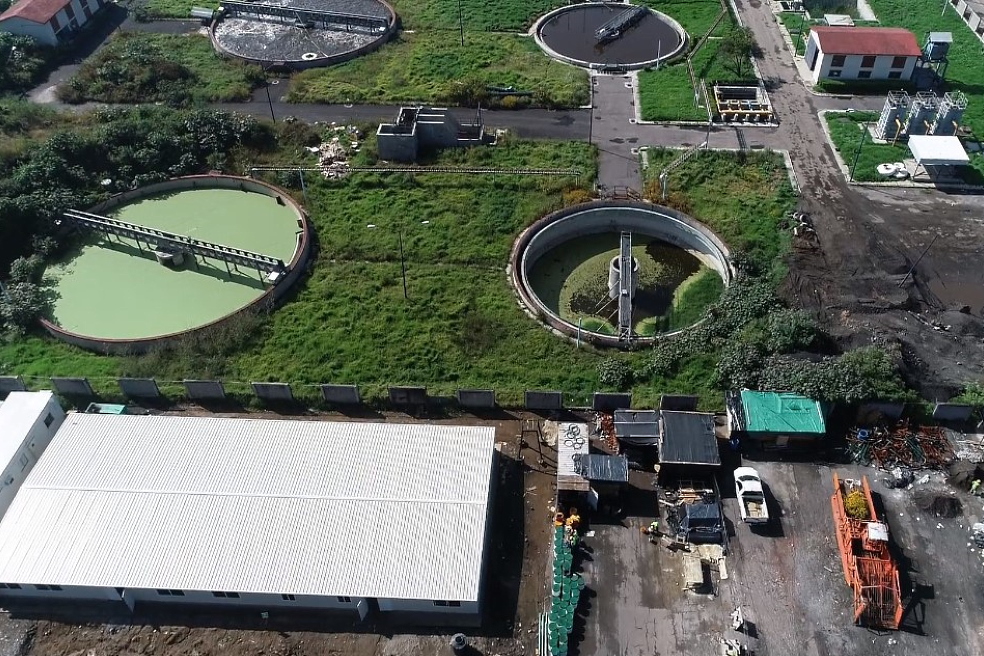
Investments from internal resources restrain the developer company, forcing them to abandon the implementation of large projects.
Companies would be able to carry out many projects with sufficient investment loans.
Finally, borrowers minimize risks in their activities for the development of new projects, especially if the company's portfolio contains several of this type of investment. The first project may appeal to buyers, leading to a quick sale. The next project in practice may turn out to be less successful and profitable.
Thus, attracting investment lending will secure current activities.
In addition, all construction projects are checked by the specialists of the bank that finances them.
If financial analysis reveals problems, the project initiator will know about it before launching.
This is an important expert opinion.
In the context of risk, it is worth mentioning the minimum contribution of the initiator of the project.
For example, SWIG offers construction financing with an initiator's contribution of 10%.
This means that the remaining 90% of the required funds are provided by our company and our respected partners.
Why hold back business growth?
Contact our consultants at any time to receive a complete financial advice on construction projects.
The basis for the success of a construction project
When implementing a construction project, banks pay special attention to several conditions that the borrowing company must fulfill.As a result, the risk of financing the entire project is significantly reduced. The fulfillment of these conditions is important from the point of view of other partners funding the project. This allows the parties to more effectively control and protect their investment.
Some developers are still trying to implement the initial stages of the project, while simultaneously applying for official permits.
However, a loan can be issued only after receiving all permits (including those related to environmental protection and the interests of the local community).
Banks may also require an experienced general contractor to carry out construction and installation work, which increases the chances of project success. It is extremely important to cooperate with a well-known and proven contractor who has already performed this type of work. Working with such a partner reduces the risk of various delays.
Finally, in order to obtain a construction investment loan, it is important to attract a reputable expert in technical and construction issues.
The task of an independent expert is to control the quality of all investment and related documentation.
International company SWIG provides a full range of services in the field of construction.
We are always ready to offer a reliable general contractor for the construction of large facilities under the EPC contract.



